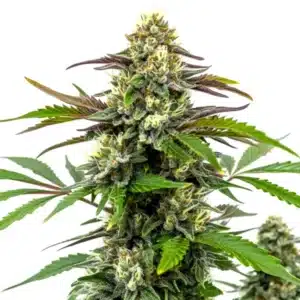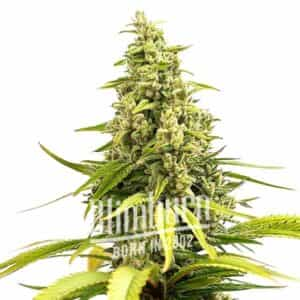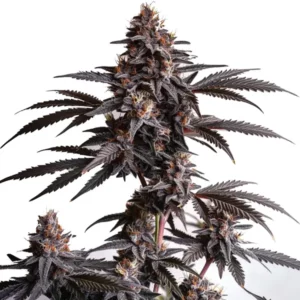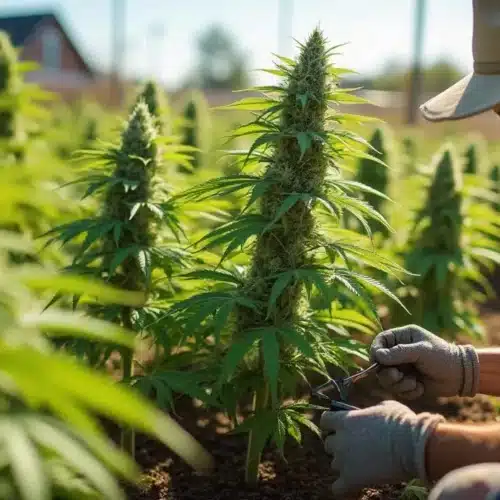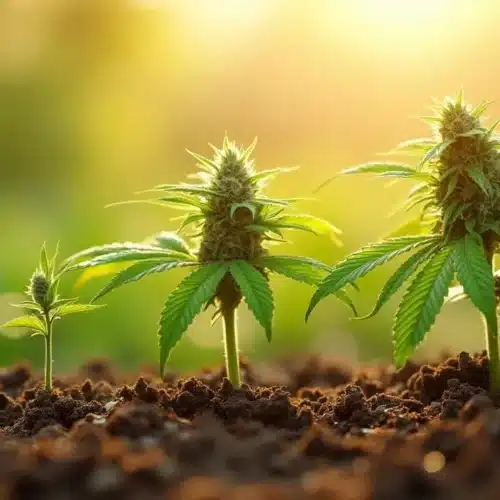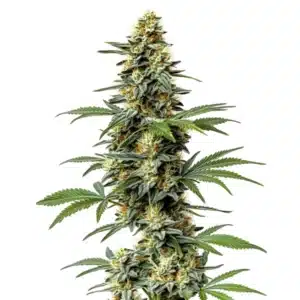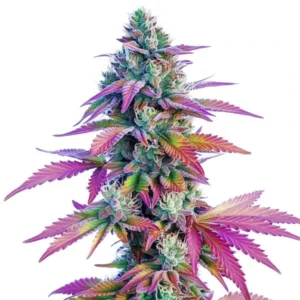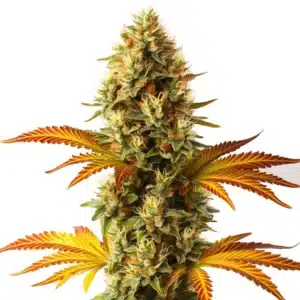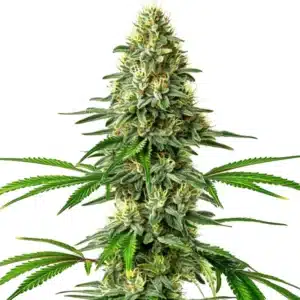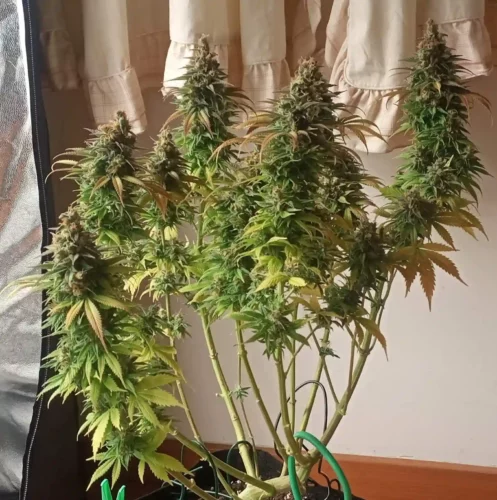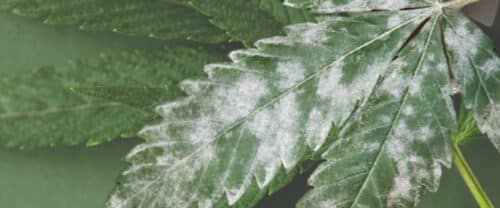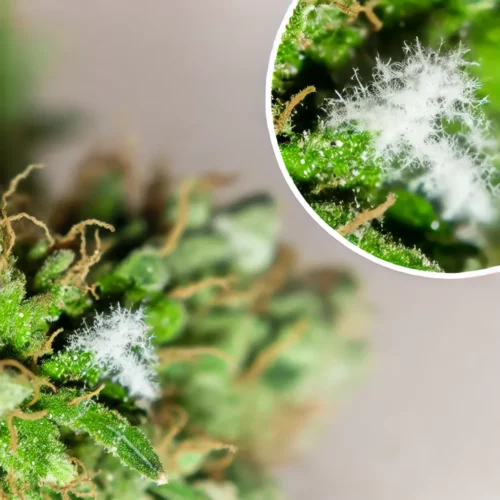Knowing Mold and Its Impact
Have you ever wondered what makes a cannabis plant vulnerable to mold and what steps can protect it? Every grower faces challenges when humidity, temperature, and poor ventilation set the stage for unwanted fungal growth. This article explains key factors that lead to mold formation and offers practical measures. This info matters a lot. Learn these methods to achieve lasting success. Stay informed and act now.
Knowing mold and its impact on cannabis is essential for anyone growing these plants. Fungi can weaken plant health, damage buds, and reduce yield if left unchecked. Clear awareness of contributing factors helps growers take proactive steps. Temperature swings, moisture accumulation, and insufficient air circulation create perfect conditions. Maintaining optimal conditions requires constant attention and care from every cultivator. By addressing these issues, one builds a resilient crop that thrives even under challenging growing circumstances. Success comes with steady effort.
Promos & Deals
Causes of Mold in Cannabis Plants
Many factors contribute to mold issues in cannabis, and understanding them can save a grower time and money. High moisture levels, combined with poor airflow, set the stage for mold spores to settle on plant surfaces. Warm and damp conditions are particularly risky for fungus development. The natural structure of the cannabis plant can trap moisture in dense buds, making them susceptible to fungal invasion if not properly cared for. Regular monitoring and improved care reduce these risks indeed effectively.
Excess water during irrigation and sudden changes in temperature also play a part in mold formation. Incorrect spacing among plants may restrict airflow, causing moisture buildup around leaves and buds. Overcrowded spaces create microclimates that nurture unwanted mold spores. Every detail, from watering schedules to room ventilation, matters when striving for healthy cannabis growth. Growers must pay attention to these elements to keep their crops free from damaging fungal outbreaks. Consistent efforts and proper techniques help maintain safety every day.
Recognizing Early Signs of Mold
Spotting mold early on can save a crop from serious damage. Look for discoloration on buds and leaves, a fuzzy appearance, or unusual spots that signal mold growth. Timely identification helps in taking immediate corrective actions to protect plant health. Observing changes in texture and color offers vital hints that something is wrong. Quick responses may include adjusting watering habits and improving ventilation to keep the environment dry and less inviting for mold immediately.
Environmental Conditions Favoring Mold Growth
Environmental factors play a significant role in mold outbreaks among cannabis plants. High humidity and stagnant air create an ideal setting for mold spores to develop. Lighting, temperature, and water practices also influence the growth of mold. Cultivators should pay attention to weather conditions if growing outdoors, and monitor indoor settings carefully. Adjustments in the environment can make a big difference in keeping mold at bay and ensuring healthy, vigorous plants that flourish with proper care.
Indoor environments demand extra attention to airflow and temperature regulation. Mold can thrive in rooms with limited air exchange and fluctuating temperatures. Using fans and dehumidifiers assists in lowering moisture levels. Every adjustment helps create a balanced space that discourages mold growth. Practical measures include monitoring relative humidity and setting devices on timers to maintain consistent conditions. Such careful management ensures that indoor cannabis plants remain in an environment where mold does not have a chance to develop for safety.
Humidity Control Techniques
Maintaining ideal humidity is key in stopping mold growth. A humidifier or dehumidifier might be necessary depending on ambient conditions. Sensors can help track moisture levels in real time. Proper humidity control keeps the air from becoming too damp, reducing the risk of mold on cannabis. This practice is simple and effective when implemented consistently. Growers can adjust room settings quickly to prevent sudden humidity spikes that encourage mold formation on their plants. Regular checks maintain proper levels constantly indeed.
Investing in quality humidity monitors provides growers with accurate data to make informed decisions. These devices offer alerts when moisture reaches a threshold that could lead to mold. Adjusting ventilation and using moisture-absorbing materials complement these tools. By actively managing humidity, cultivators create a less inviting atmosphere for mold. It is a simple step that offers lasting benefits, ensuring cannabis plants grow in stable, secure conditions that promote overall health and productivity. Consistent care builds stronger, mold-free gardens every day.
Airflow and Temperature Management
Air circulation and proper temperature control are vital to reducing mold risk. When air moves freely, it prevents damp spots from forming around plants. Ensuring that heating or cooling systems work efficiently can eliminate temperature extremes that may encourage mold. A well-ventilated space benefits both indoor and outdoor grows by stabilizing the environment. Effective airflow management works hand in hand with humidity control to maintain conditions unfavorable for mold development in cannabis cultivation. Smart adjustments result in healthier plants indeed.
Temperature fluctuations can stress cannabis plants, weakening their defenses against mold. Stable temperatures, coupled with constant airflow, help maintain an environment where mold struggles to take hold. Fans, open windows, or controlled HVAC systems work effectively to create steady conditions. Monitoring both temperature and air movement allows growers to react swiftly to changes. By keeping the climate consistent, cultivators reduce the risk of mold, ensuring that plants remain strong and produce quality yields throughout the growing cycle with utmost care.
Best Practices for Mold Prevention
Adopting best practices is the most effective way to keep mold at bay in cannabis cultivation. Following proper watering, controlling humidity, and ensuring airflow are essential. Using fans and dehumidifiers supports these methods. Each step reinforces the tactic: How to prevent mold on cannabis plants, creating a cumulative defense. These measures stem from proven techniques that help growers build environments where plants thrive free from fungal infections. Simplicity brings lasting protection indeed. Remember: How to prevent mold on cannabis plants.
Careful attention to plant spacing and watering habits plays a major role in preventing mold. Overwatering and overcrowding increase humidity levels, inviting fungal issues. Growers who maintain a balanced routine see fewer mold problems. Consistent practices, such as scheduled watering and routine maintenance, protect crops from harmful mold spores. Incorporating preventive measures into daily routines builds strong defenses. This methodical approach ensures that every cannabis plant receives the care needed to resist mold effectively.
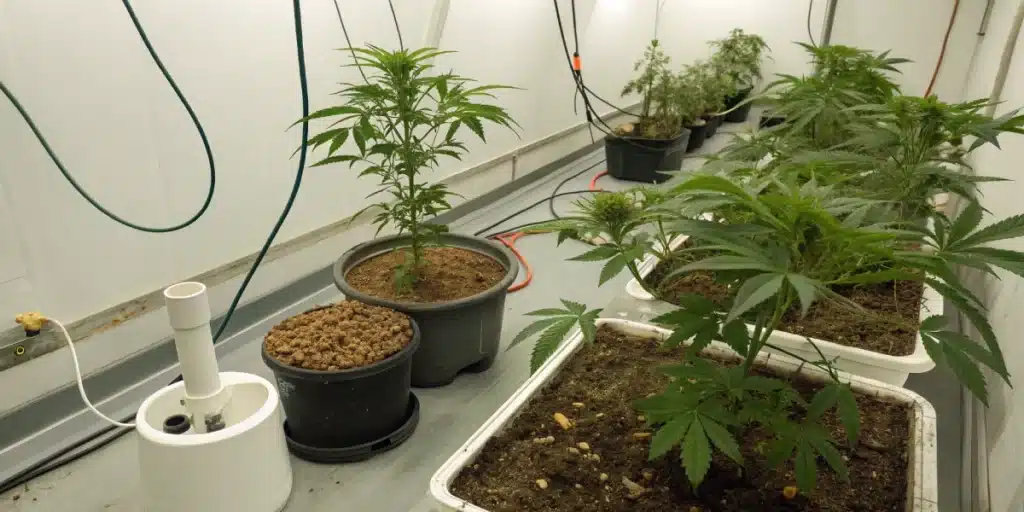
Environmental Conditions Favoring Mold Growth
Proper Watering and Ventilation
Watering practices influence mold prevention significantly. Overwatering can create excess moisture, while insufficient watering stresses the plant, both of which can encourage fungal growth. Balancing water schedules and ensuring proper drainage keeps the environment stable. Ventilation works alongside watering routines to disperse humidity and maintain airflow. Combining these practices forms a defense system that supports healthy plant development. Growers who stick to scheduled routines often notice a decrease in mold incidents on their crops effectively.
Regular adjustment of watering levels and ventilation settings is vital. Timely corrections prevent moisture buildup and avoid warm, humid spots. Growers should monitor systems to ensure water is applied evenly and air circulates freely. Such vigilance maintains an environment that deters mold from establishing. Integrating natural ventilation with careful water management, as in How to prevent mold on cannabis plants, enhances plant resilience. By following these steps, cultivators maintain optimal conditions for growth and minimize mold risk on plants successfully.
Use of Organic Preventatives
Organic solutions can support the prevention of mold without harming cannabis plants. Natural substances like neem oil, garlic extract, and certain essential oils offer protective benefits. These organic options help deter mold while keeping the environment safe for both the plant and beneficial insects. Using organic preventatives aligns with sustainable growing practices and ensures that the crop remains free from chemical residues. Many cultivators report fewer issues when relying on these natural treatments. Their success is proven by research widely.
Regular application of organic preventatives strengthens the plant’s natural defenses. These treatments work by creating a protective barrier that discourages mold from taking hold. A balanced approach that includes organic sprays along with other environmental controls improves overall plant health. When applied correctly, such methods reduce the need for harsh chemicals while offering effective mold control. Every application reinforces the crop’s resilience, making organic preventatives a favored option among conscientious growers. Consistent use leads to superior crop protection for always.
Strategies for Maintaining Plant Health
Maintaining overall plant health is fundamental in preventing mold. Healthy cannabis plants naturally resist diseases, including mold, through robust growth and strong immune responses. Nutrient balance, proper lighting, and careful pruning contribute to plant vigor. By focusing on holistic care, cultivators create an environment where plants can thrive and fend off mold naturally. Every step taken to improve plant health has a positive impact on mold prevention and overall yield quality. Consistent care supports lasting health and growth every day.
Good plant health strategies include proper fertilization and regular maintenance routines. Avoiding excessive nitrogen and balancing micronutrients helps keep plants resilient against mold. Strategic pruning and spacing allow light and air to reach all areas of the plant. Such methods support stronger stems and healthier leaves, reducing moisture retention that mold needs. Growers who adopt these practices notice resistance to infections and better performance in their cannabis crops. Consistently, How to prevent mold on cannabis plants remains a top priority.
Regular Inspections and Maintenance
Routine inspections allow growers to catch mold signs early. Regular checks on leaves, buds, and surrounding areas help identify potential issues before they escalate. Keeping a log of observations and adjustments contributes to effective maintenance. Early detection means that corrective actions can be taken promptly. This approach is essential to reduce mold risks and maintain healthy cannabis throughout its growth cycle. It also aids in adjusting environmental conditions in time to prevent further spread of mold. Continuous vigilance saves crops.
Thorough maintenance routines include cleaning equipment and checking filters. Regularly replacing or cleaning air filters prevents dust and spore buildup in grow areas. This practice, combined with frequent inspections, helps identify mold before it escalates. Keeping records and following How to prevent mold on cannabis plants methods aids in managing settings. Such diligence makes spotting and addressing mold issues easier, ensuring healthier crops and better yields. Regular attention to these practices guarantees that mold problems remain minimal in every harvest.
Implementing Natural Remedies
Natural remedies often complement standard mold prevention techniques. Using herbal sprays and diluted vinegar solutions can help reduce the risk of fungal growth. These methods rely on ingredients that are safe for cannabis plants and are supported by research. Many growers favor natural remedies as they work gently while still offering effective mold control. Incorporating these solutions into a routine maintenance plan reinforces overall plant health and deters mold formation without introducing harmful chemicals. Careful use ensures lasting plant strength.
Practical application of natural remedies involves consistent monitoring and repeated treatments when necessary. Growers mix solutions correctly to avoid any potential harm and follow recommended dilution ratios. Each application must be timed to suit the plant’s growth stage, ensuring the remedy is most effective. By adhering to these methods, cultivators can reduce mold risks while promoting a balanced ecosystem in their grow spaces. Natural treatments, when applied with precision, provide an additional layer of protection for cannabis crops yield boost.
Extra Considerations for Indoor and Outdoor Cultivation
Indoor and outdoor cultivation each come with unique challenges in preventing mold. Outdoor growers must deal with weather fluctuations and natural humidity, while indoor setups require careful control of artificial conditions. Extra considerations include the use of different equipment and techniques based on the environment. Being aware of these differences helps cultivators tailor their prevention methods effectively. Adjusting practices to suit each setting can be the key to a successful, mold-free cannabis crop. Smart strategies lead to thriving gardens indeed.
Extra care should be taken when shifting between indoor and outdoor cultivation methods. Each environment requires specific adjustments to prevent mold while maximizing growth. Monitoring weather patterns, using natural shading, and adjusting irrigation practices are all parts of a successful strategy. Growers benefit from combining techniques learned in both settings. Practical knowledge and flexible planning allow for smooth transitions, keeping mold at bay regardless of cultivation type. Adapting these extra considerations ensures a productive and healthy cannabis crop for success.
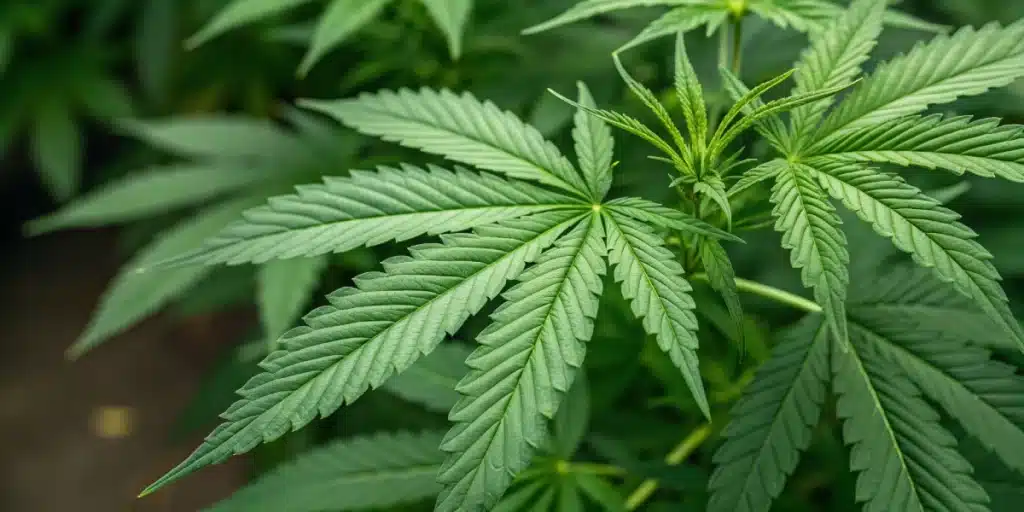
FAQs about How to Prevent Mold on Cannabis Plants
What are the early signs of mold on cannabis plants?
Early signs of mold include small, discolored spots on leaves and buds, often accompanied by a fuzzy texture. Growers might notice unusual dark patches and soft areas that indicate moisture retention. Observing these symptoms promptly allows for swift corrective measures. Regular inspections are essential to catch these signals before mold spreads extensively throughout the crop, ensuring effective prevention and a healthier growing environment. Act quickly.
How does humidity affect mold development?
Humidity plays a critical role in mold development by creating a damp environment that supports fungal growth. High moisture levels on plant surfaces encourage mold spores to settle and multiply rapidly. When humidity is not properly controlled, it creates conditions where mold thrives, damaging leaves and buds. Effective humidity management is therefore essential for maintaining a dry environment that discourages mold, ensuring healthier cannabis plants.
When should I treat my cannabis plants for mold?
Treatment should begin as soon as any mold signs appear on cannabis plants. Early intervention stops the spread and reduces damage to buds and leaves. Growers are advised to adjust environmental conditions immediately and apply safe, effective measures. Waiting too long may allow mold to take root, compromising plant health. Regular monitoring ensures timely treatment and minimizes the overall impact of mold on the crop.

